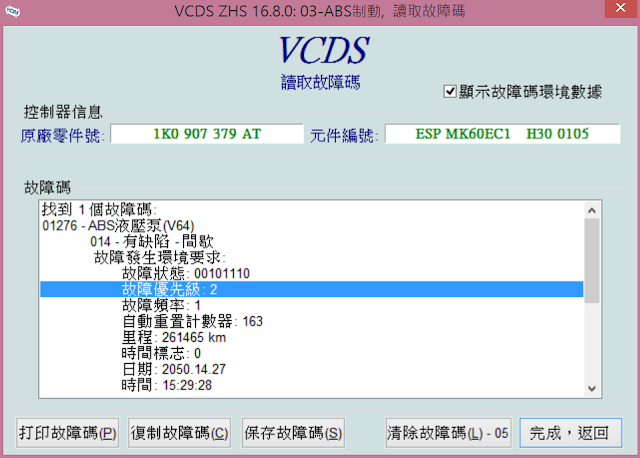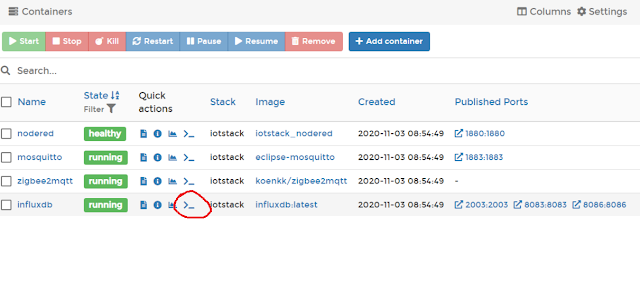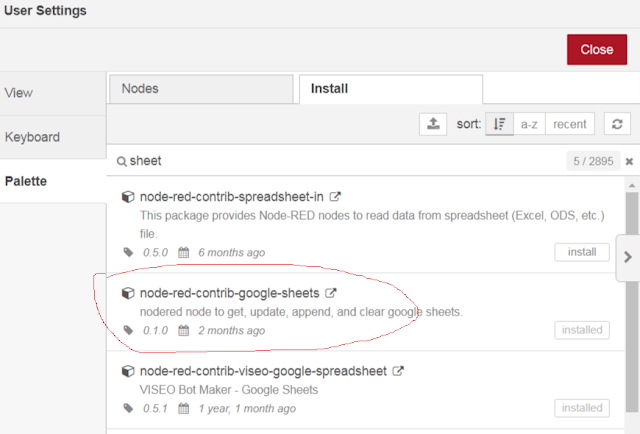2010 skoda superb combi ABS error

recently I got the ABS and ESP warning lights. Using scanning tool I got 01276 error. If I reset the code, and start again it won't show up, but few days later, it comes back... I did some search on the web, the first recommendation is to start with fuse of ABS.. http://wiki.ross-tech.com/wiki/index.php/01276#01276_-_ABS_Hydraulic_Pump_.28V64.29:_Implausible_Signal I checked my manual, but complete confused, since the layout does not match my car fuse boxs. Check again the manual, there is a version 2 of fusebox layout... Here is the fuse box in engine room: Where F5=20A and F25=40A is related to ABS valves and pump Here is my fuse box of dash board. Where the F2=5A related to ABS/ESP and tire pressure control update20201206 the warning light comes and goes several time, it does not light up in these 2 days... The warning comes up in following weeks, again and again...but only when the first start up of the day, once it's gone on other re-start of engine, it will not show up ag







